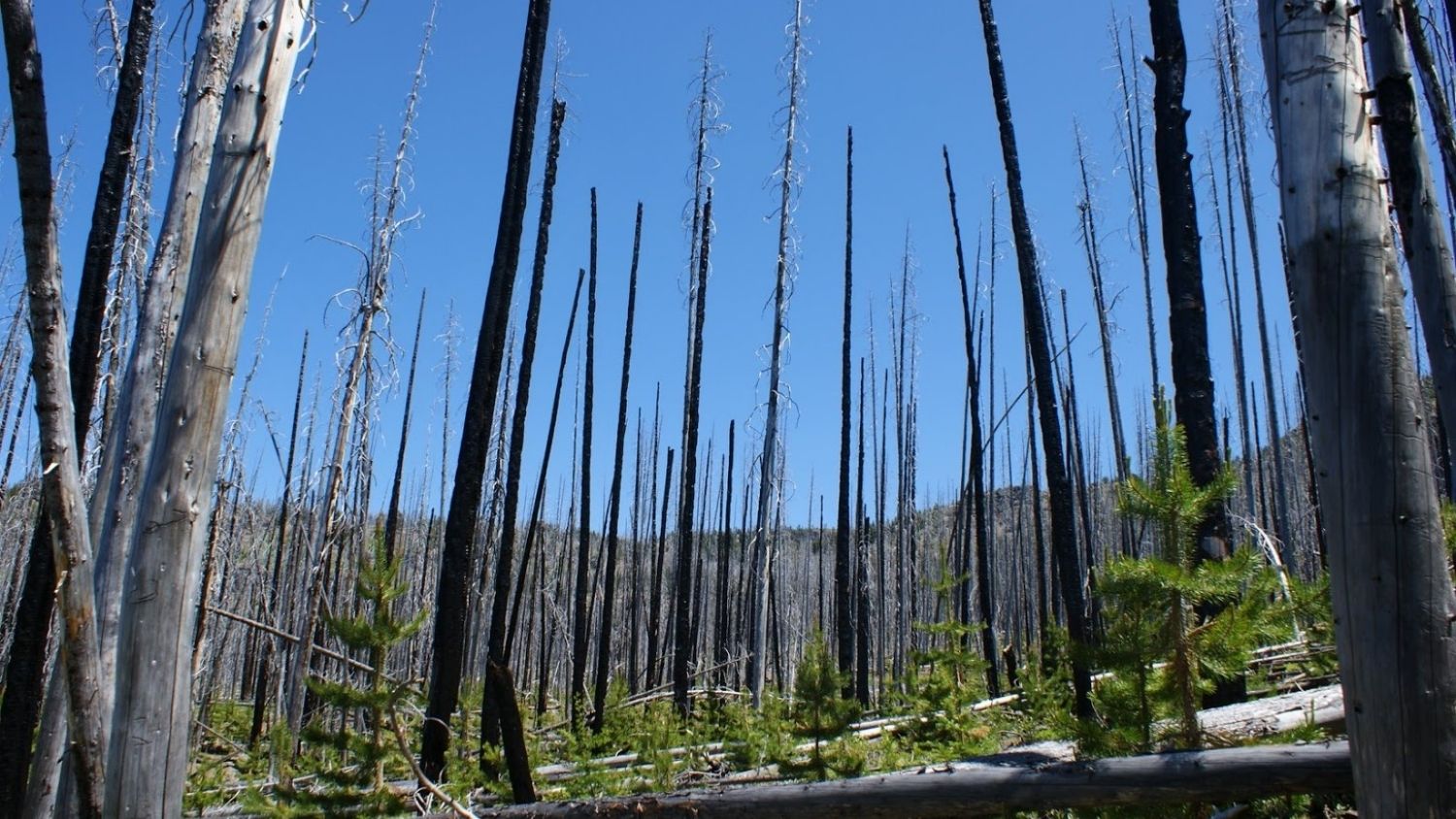Ecologist: People Should Prepare for Landscapes to Change

In northern California, forests are at risk of becoming a landscape dominated by shrubs and small trees as wildfires become dramatically more intense and temperatures rise. In North Carolina, coastal forests are expected to shift inland as sea levels rise.
Humans have unleashed an avalanche of changes on landscapes, writes Robert Scheller in a new book, “Managing Landscapes for Change.” As landscape change accelerates due to climate change, invasive pests and diseases, housing development, natural disasters and other forces, Scheller describes how land managers and communities should expect change and plan for it. Scheller is a professor of forestry and environmental resources at North Carolina State University.
“Humans have a lot of capacity to shape the future and the future of landscapes,” Scheller said. “Land managers, politicians and scientists need to be greater advocates for being proactive, and we need to get ahead of the change and not simply respond to it.”
To learn more, we interviewed Scheller about the book.
The Abstract: What is driving change?
Robert Scheller: There are many changes happening at once, and most of them are accelerating. The future has become a moving target. This is the challenge. It’s a symphony of changes happening, and they’re happening together – interacting and accelerating.
If we think about the forests of North Carolina, away from the coast, the biggest impacts will likely come from land-use changes – whether it’s classic suburban expanse or the spread of second homes across the countryside. The building of homes disrupts animal movements and disrupts how systems function. It prevents managers from conducting prescribed fires.
TA: What should be done?
Scheller: The book isn’t a recipe for what to do. Instead, managers need be prepared to accept that there is going to be a period of constant change, and people who manage landscapes will also need to continually change and adjust.
The risk is if we doing nothing or continue doing business as usual, and not changing the way landscapes are managed, we could end up with diminished landscapes producing less than they should or could. The result would be less food and fiber for humans; less habitat for non-humans. We’ve got to be thinking one step ahead.
TA: What are some of the ways people can think about managing landscapes?
Scheller: One idea is persistence, which is the goal of keeping landscapes the same. You can do that in some places, but it does get expensive over time as the environment is changing all around it.
Sometimes a place is just so unique, not found anywhere else in the world, and maybe it harbors some rare species, and then perhaps it’s totally worth the cost of keeping the landscape static. People need to realize: It’s going to become more expensive to maintain the landscape as it is or was as environmental change accelerates.
TA: The second strategy you talk about is transformation – what is that?
Scheller: Transformation is a strategy to try to shape the landscape using management, even as the landscape is changing, to meet as many of our goals of the landscape as possible, realizing there will be trade-offs.
This conversation is happening in California. We know the forests need to be transformed, we know they are changing and the question is: What should managers do? One of the things people are advocating in California is to thin the forests. Either humans do the thinning, or insects and fire will do the thinning. When insects and fire do the thinning, managers have very little control over the outcomes. If managers thin the forest, fires and insects will decline and drought resilience will increase. But the tradeoff is that after forests are thinned, there will be less carbon stored on that landscape. That landscape goal is compromised.
TA: You say the third option is to let landscapes decline.
Scheller: Managed decline is admitting that we’re unlikely to be able to manage a landscape in a way that serves our current goals or values. Managers need to think about wisely moving some of the components, and perhaps some of the people on the landscape, to reconfigure our expectations for that location.
For example, sea levels are rising. In North Carolina, people have invested a lot of money in wildlife refuges and national forests all along the coast. But we really need to be thinking ahead. We need to consider: How do we move these systems inland? How do we do it in way that considers the needs of the people along the coast and is not sudden or surprising?
TA: What are your main takeaways?
Scheller: Institutions that manage landscapes need to be reformed and rebuilt around this idea of continuous change. The people who live on the landscape need to be brought into the conversation.
There is a huge role for science in helping manage landscapes by providing information about the most likely changes, the trade-offs, and the best solutions given the people, the landscape and their goals.
Humans absolutely have the capacity to make a positive difference. It’s a question of: Do we have the intention, and the will, to do it?
- Categories:


